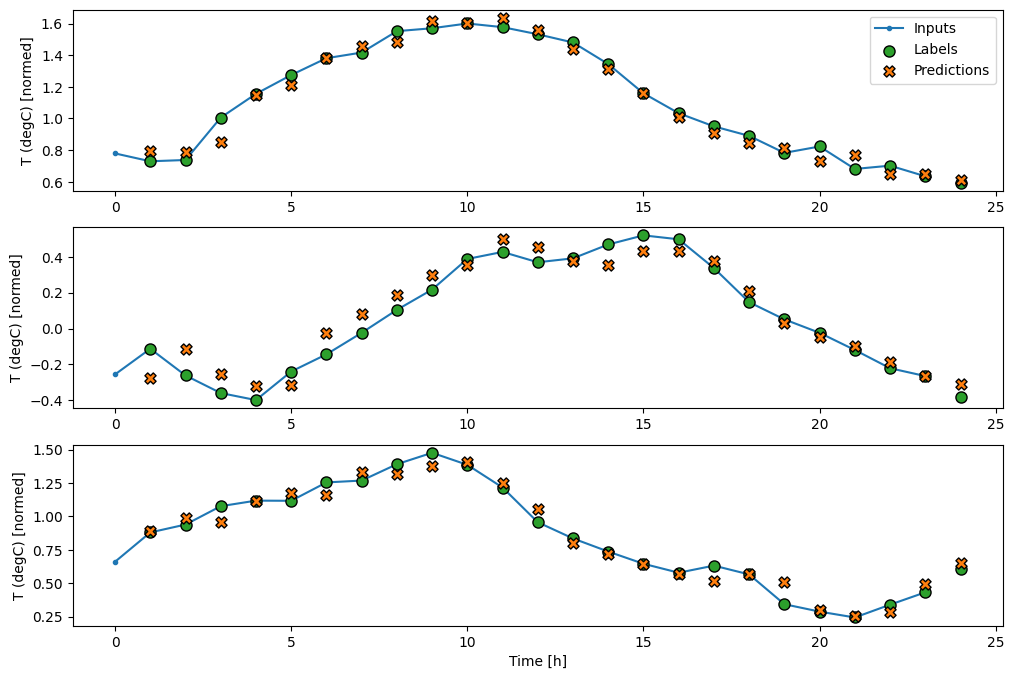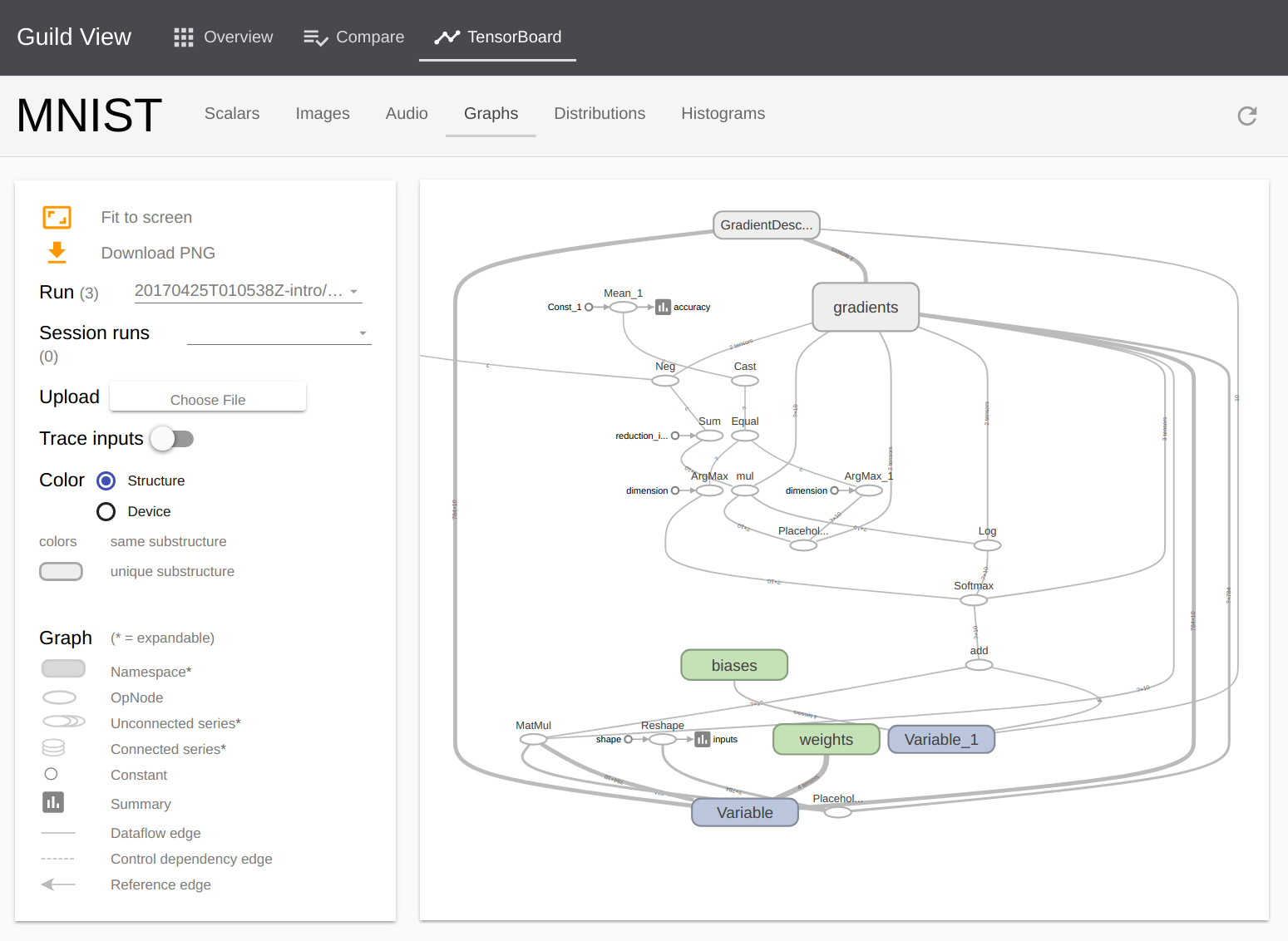

Series using a configurable neural network ]įc_uvests_fit.py builds a model to fit an univariate equally spaced time Usage: fc_uvests_fit.py -tstrain TRAIN_TIMESERIES_FILENAME Is, according to the parameters passed in command line, to dynamically create a neural network and carry out its training. Purpose of the Python program fc_uvests_fit.py Network taxonomy definition + hyperparameter configuration In addition, the test time series starts exactly where the training series ends, namely they must be joint time series.įinally, the test time series is generated without noise. (whether it is the test or the forecast). Please note that the step of discretization of the test dataset must be identical to the training oneĪs the time equidistance also applies to the values of the time series after the training series While to generate the test dataset, in the interval $t \in [200,400)$, execute the following command: To generate the training dataset, then execute the following command: While the noise translates into lambda body Python syntax like this:
TENSORFLOW TIME SERIES GENERATOR GENERATOR
Keeping in mind that np is the alias of the NumPy library, the generator function translates to lambda body Python syntax like this: With a discretization step on the variable $t$ of $0.5$ and with a white noise amplitude of $0.02$ and a normal distribution normale with average $0$ and standard deviation $1$. Suppose you want to generate a time series for the training in the interval $t \in [0,200)$ generated by the following function $$f(t)=2 \sin \frac$$

TENSORFLOW TIME SERIES GENERATOR CODE
To get the code see paragraph Download the complete code at the bottom of this post. It also requires NumPy, MatPlotLib, Pandas and ImageIO libraries. The code described in this post requires Python version 3 and uses TensorFlow 2.x technology (both CPU and GPU) with Keras (which is integrated inside TensorFlow 2.x)

Generation of a scatter graph about the results.Network taxonomy definition + hyperparameter configuration.Operating exclusively on the command line of Python programs that implement the following features: The code shown here allows the user to test different combinations of network types (LSTM, Bidirectional LSTM, Convolutionals, ConvLSTM and other some combinations in cascade among them) This post deals with the forecast of a univariate and equally spaced time series through various neural network taxonomies implemented with TensorFlow. Forecast of a univariate equally spaced time series with TensorFlow


 0 kommentar(er)
0 kommentar(er)
